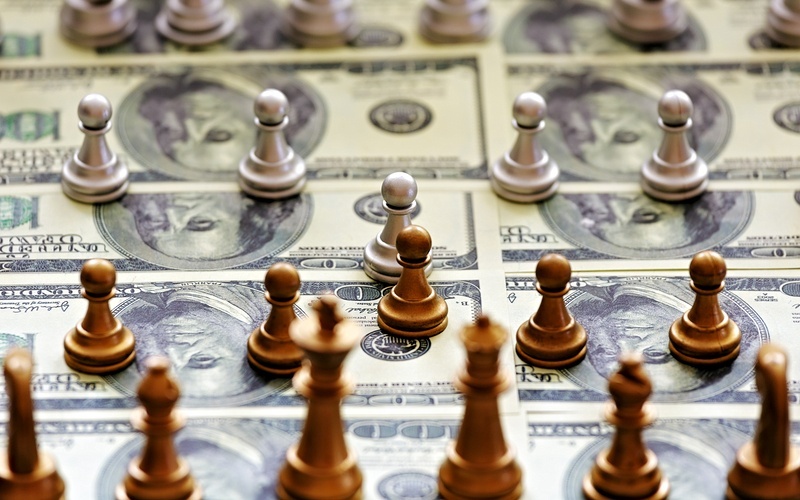
Was it the right conclusion? Is any losing trade necessarily a bad trade?
The answer is no. No matter how well he executed his trade, there will be losing trades because we are playing a probability game. Trading is a business based on probability. And probability means that sometimes we get what we want, sometimes we don't. And that's the nature of the this business. The sooner we accept this, the better we can operate it as business.
"There's a difference between knowing the path... and walking the path." - Morpheus
The Certainty Trap
I came across an excellent article by Ben Carlson from Seeitmarket.com. Ben discusses the differences between probability and certainty:
"There are two arguments I see on a regular basis that show up as a result of data overload:
…because that’s never happened before.
…because that’s what’s always happened before.
The problem with this line of thinking is that it can lead investors to fall into what I like to call the certainty trap. It’s this all-or-nothing line of thinking that causes so many to constantly attach extremes to every single market move or data point they see. The beginning of the recovery or the end of the world is always right around the corner. The assumption is that we’re always either at a top or a bottom when most of the time the markets are probably somewhere in the middle."
If you are not a member yet, you can join our forum discussions for answers to all your options questions.
Ben continues:
The reason the investing certainty trap is so easy to fall for is because historical data can feel so safe and reassuring. Look here, my data says that this has never (always) happened in the past. Surely this trend will continue. I’ll just sit here and wait for my profits to start rolling in.
‘Never’ and ‘always’ have no place in the markets because no one really knows what’s going to happen next. ‘Most of the time’ is a much more reasonable goal, because nothing works forever and always in the markets. If it did everyone would simply invest that way. I think a much more levelheaded approach is to follow the Jason Zweig 10 word investment philosophy:
Anything is possible, and the unexpected is inevitable. Proceed accordingly.
To disregard the potential for the unexpected is the height of arrogance and arrogance is rarely rewarded for long in the ever-changing markets. Don’t get me wrong, I’m not saying you shouldn’t take on high probability bets based on the weight of historical evidence and your current views. That’s exactly what you should do.
But probabilities take into account the fact that there’s always the possibility that we might see the minority situation occur. In fact the best you can hope for is a high probability for success because luck plays such a large role in shaping the outcomes in the markets. I’ve always liked the old adage that it’s better to be roughly right than precisely wrong.
My feeling has always been that historical data is a great way to view the inherently risky nature of the markets, but that doesn’t mean the data always does a great job at predicting exactly what’s going to happen in the future. Investors have to remember that market data does a much better job of forecasting potential risk than it does potential return.
There are no certainties in the markets. Otherwise there would be no such thing as risk.
Nothing works all the time. Otherwise it would never work in the first place.
There’s no room for ‘never’ or ‘always’ in the financial markets. Otherwise you’re sure to be surprised in the future."
Excellent analysis. It is very important to understand the difference between probability and certainty. Nothing is certain in the trading. But if something happened 80% of the time, there is a good chance it will happened again.
For example: if a stock moved after earnings less than the expected move in 8 out of 10 last cycles, there is a 80% chance that it might happen again the next cycle. Again, there is no certainty that it will happen, only probability. But this is the best we can do.
Related articles:
Why Retail Investors Lose Money In The Stock Market
Are You Ready For The Learning Curve?
Can you double your account every six months?
Are You Following "Tharp Think" Rules?
Adaptability And Discipline
Want to learn how to reduce risk and put probabilities in your favor?




Join the conversation
You can post now and register later. If you have an account, sign in now to post with your account.
Note: Your post will require moderator approval before it will be visible.